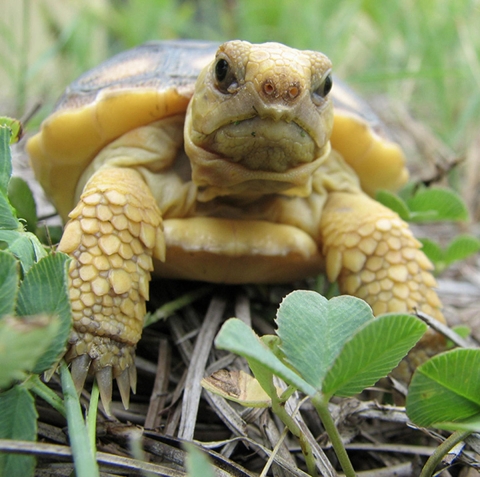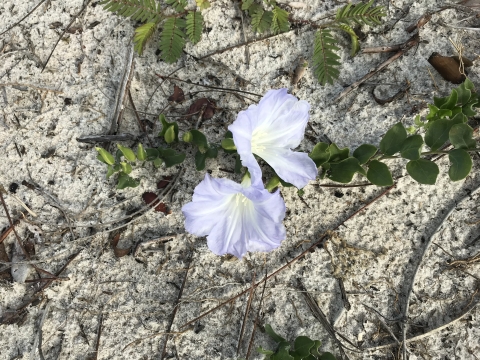Seasons of Wildlife
Winter – At Lake Wales National Wildlife Refuge the average low temperature in winter is 52 degrees Fahrenheit; it never gets very cold. Fewer insects and reptiles are out and about but plenty of birds and other wildlife take advantage of the cooler temperatures and the occasional rain storms bring much needed water to the naturally dry landscape.
Spring – Spring is the time of year where you have the most activity at Lake Wales National Wildlife Refuge. Many species of birds appear as they begin their spring migrations and our resident Florida scrub jays will be mating and creating families along with a number of other fauna and flora. As temperatures begin to warm up, flowers bloom and snakes and gopher tortoises will move around more frequently.
Summer – The frequency of rain showers is unpredictable in summer and it gets HOT! Most of our resident birds and other critters are doing their best to stay in the shade. Hurricanes and high temperatures can bring fire and destruction to the refuge.
Fall – Fall means the peak of hurricane season. Each year hurricane season begins on June 1 and lasts five months, with storms typically peaking in August and September. As an interior refuge, Lake Wales NWR often is not threatened by storms as much as the refuges along Florida’s coastline. As temperatures slowly cool down, insects become less obvious and our cold blooded friends might spend more time sunning themselves in the naturally open and sandy areas.


